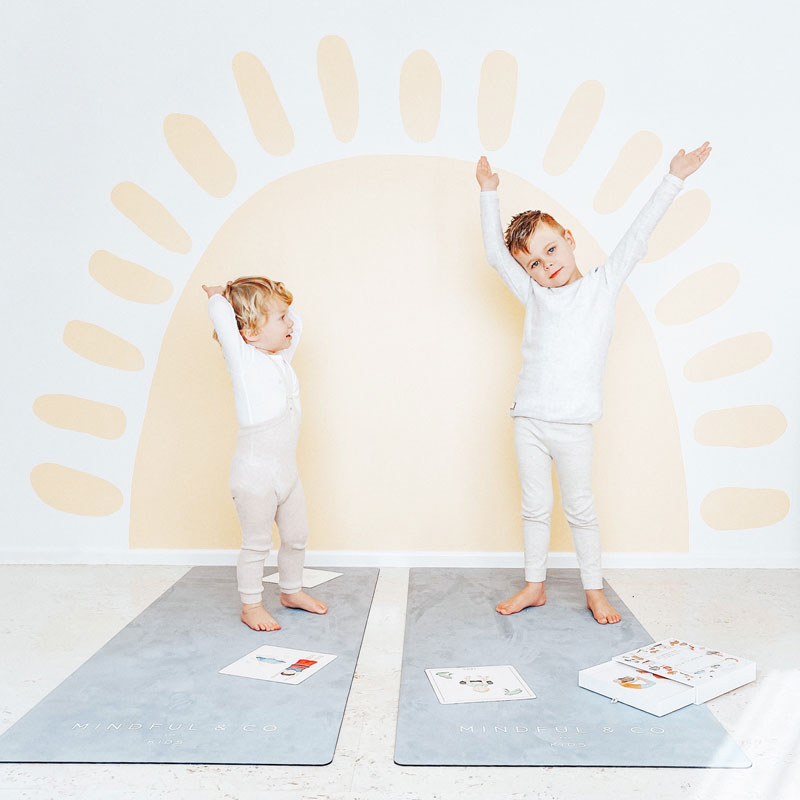Neurodiversity is a key factor in the ever-changing realm of development for children. Children who suffer from disorders like ADHD or autism need environments that support their unique talents and allows them to thrive. There is a synergy between ADHD support, autism play sensory integration, and mindfulness toys for kids. Parents and teachers can enrich their children’s lives through incorporating these aspects into their daily routines.
ADHD Support for Children Enhancing focus and confidence
Children with ADHD struggle with focusing and controlling their impulses. It’s important to use strategies that engage their mind, yet respect their individuality in order provide effective support. While on this journey, mindful toys for children that encourage relaxation and meditation, could prove beneficial. These toys provide an experience that is tactile to ease tension and help children learn to intentionally redirect their focus. The incorporation of mindfulness into activities not only assists in reducing ADHD symptoms, but also equips children with life-skills to regulate their emotions and stress management.

Autism Sensory Play – Nurturing Expression and Exploration
Children with autism can find sensory experiences both challenging and enriching. Autism sensory play involves creating an enjoyable environment for the senses, which aids in the development of vital skills. Sensory integration toys play a significant role in this approach. They engage all senses simultaneously and encourage exploration of the sensory system, coordination and cognitive development. Through the use of auditory, tactile and visual stimulation, children can better understand their surroundings and communicate their experiences. By encouraging autism sensory play in children caregivers can help them express themselves, gain confidence in themselves, and be more connected to the world around them.
Sensory Integration Toys Help in Building Bridges to Child Development
Sensory integration toys serve as bridges for children to be connected with the world around them. They come in many different sizes, textures and shapes that address a variety of motor skills as well as senses. They give children the opportunity to experiment and to adapt to sensory input, which ultimately aids in the development of the skills for sensory processing. The three main benefits of toys for sensory integration are:
1. Sensory integration toys expose children to a variety of sensory experiences, sounds, and visual clues. This allows their brains to better process sensory data and improves their responses to the stimuli.
2. Improved Motor Skills – A lot of these sensory toys are difficult to operate without the use of fine motor skills and coordination between hand and eye. These toys help children improve their motor and dexterity and improve their physical control and confidence.
3. Multisensory toys are able to stimulate various brain areas simultaneously. This activity contributes to cognitive growth by fostering connections between various neural pathways, improving thinking skills and creativity.
Mindful Toys for Kids: Helping to cultivate calmness and Concentration
The concept of mindfulness is growing in popularity due to its powerful effect on our emotional wellbeing. Mindful toys for kids incorporate elements of mindfulness into the play that encourage kids to be attentive and centered. They usually involve tasks that require a lot of concentration. Examples include coloring, puzzles, or a guided relaxing. Through engaging in these activities, children learn to channel their thoughts and energy into the task at hand, developing the ability to concentrate, which can help their academic performance and socially.
As we delve into the field of ADHD support, autism-related sensory play and sensory integration toys and other toys that are mindful for children it is crucial to focus on the holistic approach that comes out of their interconnection. These components aren’t solitary but rather, they are a part of a larger picture to create a strategy that’s designed to meet the needs of neurodiverse child. Through infusing sensory play and mindful activities in daily routines, parents create a space that meets the emotional, cognitive and sensory needs in one go.
In conclusion, the process of helping children who have ADHD and autism is to embrace their individual strengths and challenges. Through the integration of sensory play with sensory integration equipment, and mindful practices, caregivers and educators can create a calming environment that fosters growth on many levels. It doesn’t matter if it’s helping the development of self-expression, improving focus, enhancing the processing of sensory information, or encouraging mindfulness, each element helps to provide a holistic method of the development of children. In unlocking the potential in these strategies, we are paving the way for a brighter future for all children regardless of neurodiversity.